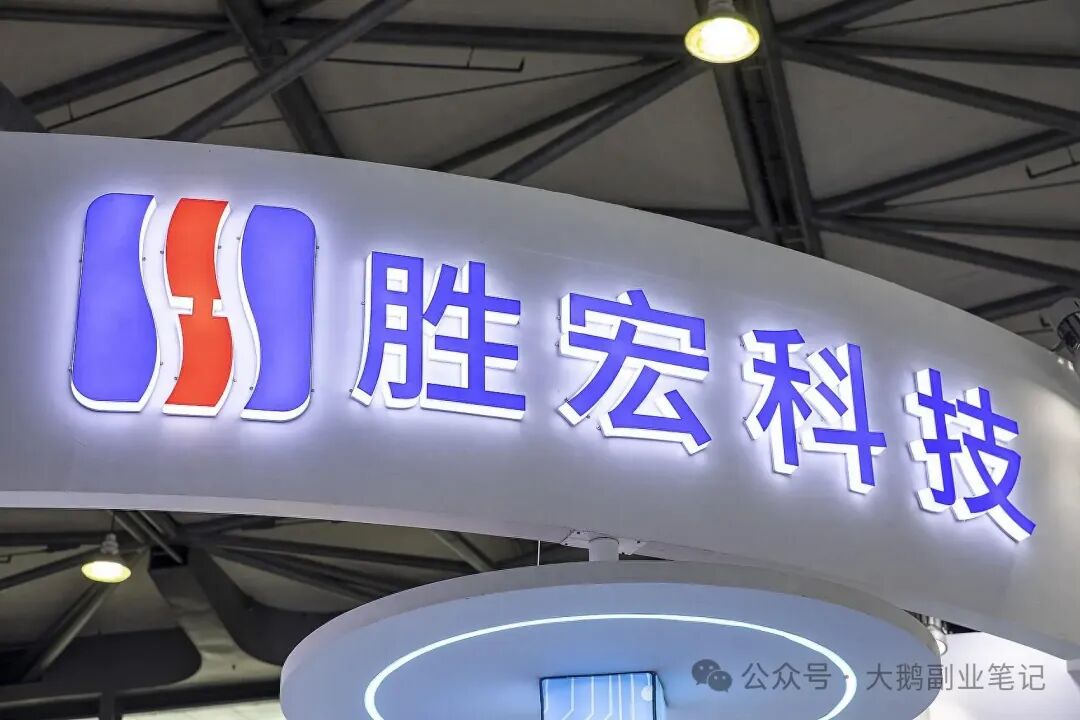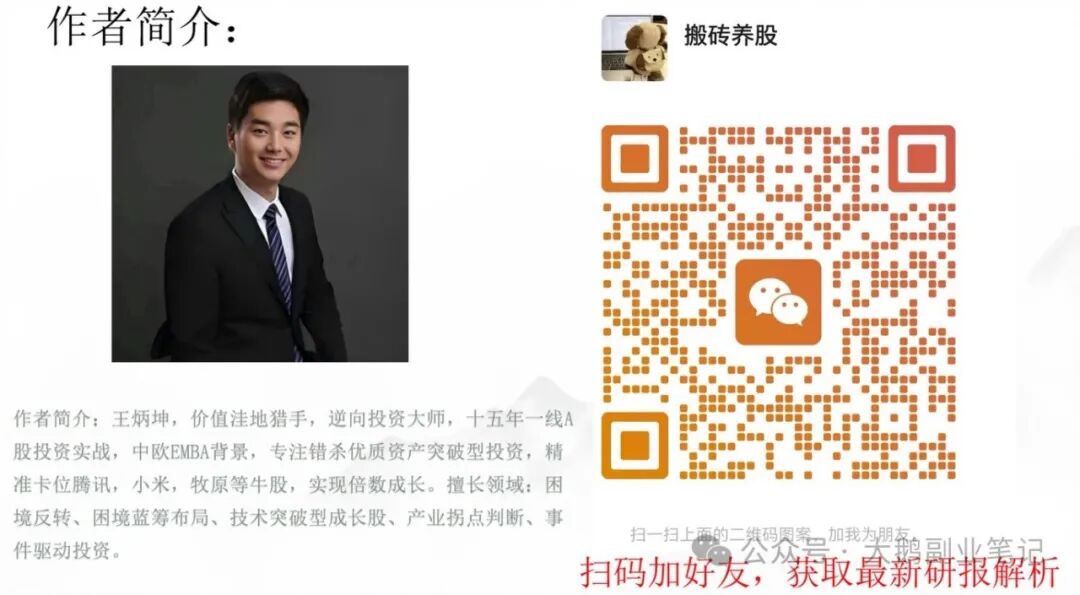During the outbreak of the pandemic in 2020, I found myself staring at the K-line chart of PCB leader Huadian Co., feeling frustrated — who would have thought that a small circuit board could become the “throat” of the global technology supply chain? That year, when Huawei was cut off from chip supplies, the entire PCB industry was in despair, and Victory Technology’s stock price was halved. However, a turning point appeared in 2022, as demand for AI servers exploded, and high-end HDI (High-Density Interconnect) boards became highly sought after. Victory Technology, with its mass production capability of 6-stage 24-layer HDI, directly entered the Nvidia supply chain, and its stock price quintupled in three years. This made me deeply realize: in the technology industry, the speed of technological iteration is always faster than imagined, and companies that can seize trends will always find new growth points in crises.
Current Insights: AI Computing Power as a ‘Snake’, Gnawing at a Trillion MarketToday’s AI servers are like a “snake”, with an insatiable demand for data transmission speed and computing power density. The number of PCB layers required for an Nvidia GB200 server has skyrocketed from 12 layers in ordinary servers to 32 layers, and Victory Technology is one of the few Chinese companies capable of mass-producing 32-layer high multilayer boards. In 2024, the company’s revenue is expected to exceed 10 billion yuan, with net profit soaring by 72% year-on-year, and this quarter is projected to earn 780-980 million yuan, a year-on-year increase of over 270%. The logic behind this is simple: for every 100% increase in AI computing power demand, PCB usage will increase by 40%, and Victory Technology’s market share in AI computing cards and data center switches has risen to the top globally.
Eight-Dimensional Perspective: Decoding Victory Technology’s ‘Moat’

1. Industry Growth Prospects: Standing at the ‘Windfall’ of AI Computing PowerThe global shipment of AI servers is expected to grow by 45% by 2025, with high-end HDI (above 5 stages) demand growing at a staggering 16.3%. Victory Technology bet on AI as early as 2019, shifting its R&D focus to 6-stage HDI and 32-layer high multilayer boards, which now account for over 40% of its revenue. More critically, the unit price of AI server PCBs is 30 times that of ordinary consumer electronics, with a palm-sized circuit board selling for 50,000 yuan, leading to an increase in the company’s gross margin from 18% in 2020 to 28% in 2024.
2. Technological Advancements: From ‘Following’ to ‘Leading’The PCB industry has a “death triangle” — precision, layer count, and yield rate. Victory Technology took five years to break through the HDI layer count from 5 stages to 10 stages, and the yield rate improved from 60% to 92%. Even more impressively, they manufacture their own equipment: by developing their own laser drilling machines and automatic inspection equipment, they tripled processing efficiency and reduced costs by 40%. This “full-chain control” leaves competitors in the dust, with fewer than 5 companies globally capable of mass-producing 10-stage HDI, and Victory Technology is the only Chinese company among them.
3. Market Share Changes: From ‘Byproduct’ to ‘Core Supplier’Five years ago, Victory Technology was still producing ordinary consumer electronics PCBs for Dell and HP, but now it has become the “designated supplier” for Nvidia, Microsoft, and Tesla. By 2024, the revenue share of AI-related business is expected to soar from 5% in 2020 to 35%, with Nvidia alone contributing 20% of the revenue. More notably, Victory Technology’s market share in the AI computing card sector has reached 50%, almost monopolizing the supply of circuit boards for high-end AI servers globally.
4. Supply Chain Disruption: ‘Domestic + Southeast Asia’ Dual InsuranceWhen the U.S. imposed additional tariffs on China in 2024, Victory Technology responded with a “trump card” — increasing the production capacity of its Thailand factory to 25%, with a Vietnam base soon to be operational, and 99% of its exports to the U.S. have circumvented tariffs through its Southeast Asia base. Even more impressively, when signing contracts with clients, they directly pass the tariff costs onto downstream, reducing the export proportion to the U.S. to 1% by the first quarter of 2025. This “drought and flood insurance” supply chain layout has made competitors envious.
5. R&D Investment: Investing 500 Million Annually to ‘Bet on the Future’In 2024, Victory Technology’s R&D investment is 450 million yuan, accounting for 4.2% of revenue, focusing on 6G communication and L4-level autonomous driving. Their R&D team follows a “three no principles”: no involvement with technologies from five years ago, no production of products that competitors can make, and no acceptance of orders with a profit margin below 25%. This “obsession” has led to results: the next generation of 10-stage 30-layer HDI has entered the certification stage with Nvidia, with mass production expected in 2026.
6. Industry Policy Support: The Biggest Beneficiary of ‘New Infrastructure’The Guangdong Province’s “14th Five-Year Plan” clearly lists PCBs as a key industry, and Huizhou, where Victory Technology is located, has introduced “golden ten measures” to provide subsidies of up to 50 million yuan for AI-related projects. More critically, the National Big Fund Phase II has quietly invested in the upstream material suppliers of Victory Technology, forming a complete domestic substitution chain from copper-clad laminates to high-end equipment.

7. Net Profit Growth Rate: A Model of ‘Davis Double-Click’Over the past five years, Victory Technology’s net profit compound growth rate has reached 30%, far exceeding the PCB industry’s average of 10%. In 2024, net profit is expected to reach 1.154 billion yuan, a year-on-year increase of 72%, with this quarter projected to grow by 272%-367%. This explosive growth is driven by the increase in the proportion of high-end products (from 30% to 60%) and scale effects (capacity utilization rate of 95%).
8. Competitive Advantage: The ‘Technology + Customers + Capacity’ Iron TriangleVictory Technology’s moat can be summarized in three “uniques”: the only Chinese company capable of mass-producing 10-stage HDI, the only PCB manufacturer simultaneously entering the Nvidia and Tesla supply chains, and the only domestic leader with complete capacity in Southeast Asia. This “uniqueness” gives them absolute bargaining power — in 2024, the unit price of the company’s products increased by 15% year-on-year, while raw material costs only rose by 5%.
Future Predictions: Three Variables Determine Success or FailureOpportunities:
- Explosion in AI Computing Power Demand: Global AI chip shipments are expected to grow by 120% by 2025, driving a doubling of high-end HDI demand.
- Automotive Electronics Volume: The PCB usage of Tesla’s 4680 battery and BYD’s blade battery is three times that of traditional batteries, and Victory Technology has entered the CATL supply chain.
- Accelerated Domestic Substitution: The PCB for Huawei’s Ascend 910B chip has achieved 100% domestic production, with Victory Technology as a core supplier.
Risk Points:
- Technological Iteration Risk: If quantum computing breaks through, existing PCB technology may be disrupted.
- Overcapacity: Global PCB capacity is expected to grow by 20% in 2025, which may trigger a price war.
- Geopolitical Issues: If the U.S. further restricts AI chip exports, it may affect downstream demand.
To be honest, Victory Technology’s story reminds me of Luxshare Precision in 2010 — both started from OEM and broke into the high-end market through technological breakthroughs, ultimately becoming industry leaders. Now, Victory Technology stands at the starting line of the “computing power revolution”, with three engines of AI servers, automotive electronics, and data centers all firing simultaneously, and net profit is expected to exceed 5 billion yuan in the next three years. However, investing in this stock requires keeping two points in mind:
- Technological iteration is the lifeline: It is essential to closely monitor the company’s mass production progress of 10-stage HDI and the R&D progress of 6G.
- Capacity expansion is a double-edged sword: After the Vietnam base is put into production in 2026, if demand does not meet expectations, it may lead to inventory buildup.
Finally, I want to remind old friends: in the AI era, circuit boards are no longer “supporting roles”, but the “protagonists” that determine the limits of computing power. Can Victory Technology become the next Luxshare Precision? The answer may lie in their laboratory’s 10-stage HDI sample room.

(Disclaimer: This article is a personal diary and does not constitute investment advice. All views expressed in the text represent personal positions and do not have any guiding effect.)